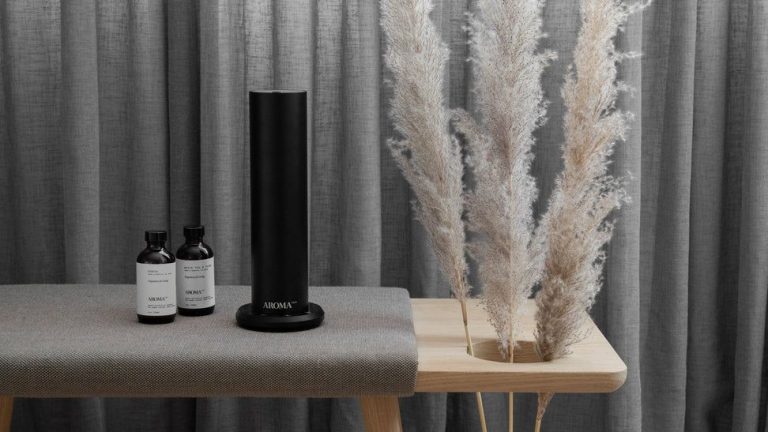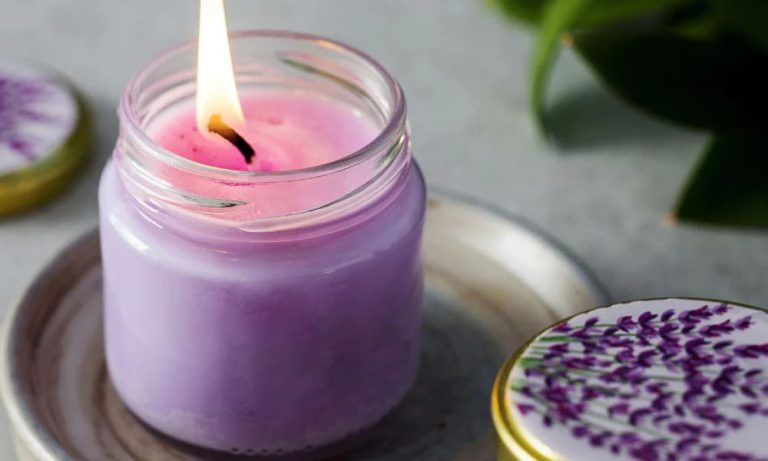Can You Put A Glass Candle Jar On A Wax Warmer?
A wax warmer is a device used to melt scented wax, typically for home fragrance purposes. It consists of a heating element that warms up a dish or plate on which solid wax is placed. As the wax melts it releases its aroma into the air. Wax warmers provide an alternative to traditional candles, allowing you to enjoy the scents without an open flame. They are considered safer and more convenient since you don’t need to continually light candles as they burn down, and the scents can last longer.
Wax warmers became popular in the 1990s as an easy way to scent a room or home. They are available in a wide range of styles from vintage to modern. Many plug into a standard wall outlet and will have adjustable temperature settings and timers. The benefits of wax warmers are that they are affordable, safer than candles, easy to use, and provide continuous fragrance.
Safety Concerns
When using a candle or wax warmer there is a potential fire hazard to keep in mind. Wax warmers heat wax to temperatures high enough to melt it which generates heat that needs to be monitored carefully. Wax warmers should be used on a stable, non-flammable surface and not left unattended according to experts at Martha Stewart (https://www.marthastewart.com/8074527/what-is-a-candle-warmer). As with any electrical appliance generating heat, caution should be exercised. It’s important to keep flammable materials at a safe distance and to avoid placing anything directly on top of the wax warmer while in use. Children and pets should also be supervised when a warmer is on. By taking proper precautions, wax warmers can be used safely in the home.
Material Compatibility
When choosing a jar for candle warmers, the material is an important consideration. Glass, metal, and ceramic jars have different properties that impact their performance and safety on a warmer.
Glass jars like mason jars are one of the most popular choices as they allow the candle light to shine through and disperse nicely. Glass is able to withstand high temperatures without leaching chemicals. However, drastic temperature changes can cause thicker glass to crack. It’s best to use a thinner glass jar and allow it to warm up gradually.
Metal jars and tins work well for candle warmers as they conduct heat evenly. This allows the wax to melt from the bottom up. The downside is that the metal blocks light dispersion. Tin can also rust over time.
Ceramic jars retain heat extremely well but may not distribute heat as evenly as glass or metal. The material is prone to cracking if heated too quickly. Unglazed ceramic can absorb fragrance oils. Ceramic that is lead-free and high-fired is safest.
Overall glass and metal work best for warmers. Thinner, heat-resistant glass allows fragrance throw and light dispersion without cracking. Stainless steel also holds up well. Any material should be assessed for its melting point and heating capacity.
Melting Point
Wax has a lower melting point than glass. The melting point of paraffin wax, a common candle wax, ranges from 115-154°F [1]. Glass, on the other hand, has a much higher melting point around 2500°F [2]. This difference is important because candle warmers can reach temps up to 135°F, hot enough to melt wax but not glass [3]. Therefore, glass jars are unlikely to melt or warp when used on a wax warmer. However, wax may more easily overheat and ignite in glass containers on warmers since glass doesn’t conduct heat as well.
Preventing Cracks
When placing a glass candle jar on a wax warmer, it is important to prevent the glass from cracking due to sudden temperature changes. Glass is vulnerable to thermal shock, which can cause it to crack or shatter when exposed to a rapid change in temperature. According to Garboglass, one way to prevent cracks is to slowly bring the glass up to temperature rather than exposing it directly to high heat.
For example, you can place the candle jar in a cold wax warmer, turn it on to a low setting, and gradually increase the temperature over 10-15 minutes. This gives the glass time to slowly expand as it warms up. Never put a cold glass jar directly on a hot wax warmer. The abrupt temperature change puts too much stress on the glass. Warming up gradually prevents uneven expansion that can lead to cracks or breaks.
Alternatives to Glass Jars
While glass jars are commonly used with wax warmers, there are some alternative container materials that can also be safely used:
- Silicone containers are a popular option, like the reusable Silicone Wax Container and Collar. Silicone can withstand high temperatures without melting or cracking.
- Stainless steel containers are another durable and heat-resistant option. Small stainless steel cups made for wax melts can be placed directly on the warmer.
- Ceramic containers are an option but may be more prone to cracking from the rapid heating and cooling. Care should be taken to gradually pre-heat them.
- Special heat-resistant plastic containers designed for wax melts are available. These melt cups often have lids and can contain the wax smell when not in use.
Wax melt cups and silicone molds offer inexpensive, reusable alternatives to glass that stand up well to repeated heating cycles.
Tips for Use
When using a glass container on a wax warmer, it’s important to take precautions to prevent cracks or breakage. Here are some tips:
Use low heat settings. High heat can lead to thermal shock and cracks in glass. Keep the warmer on the lowest setting that will still melt the wax.[1]
Monitor the glass container. Check on it frequently to make sure the wax is melting evenly and the glass isn’t getting too hot in any spots.[2]
Protect the base of the glass. Place a heat-resistant mat or pad under the glass to prevent direct contact with the warmer surface.
Allow wax to cool before moving the glass. Rapid temperature changes can also cause breaks and cracks.
Avoid thin or low-quality glass. Thicker, thermal-shock resistant glass is less prone to cracking from heat changes.
Recommended Jars
When selecting a glass jar to use with a wax warmer, it’s important to choose one that is specifically made to withstand high temperatures. Look for jars labelled as “heat-safe” or “oven-safe.” Reputable brands like Ball Mason Jars and Kerr Jars make jars that are tested for high heat tolerance.
Ball Mason jars are a top choice and come in a variety of sizes. Their classic mason jars are rated for temperatures up to 225°F. Ball also makes a line of “Jarden Home” jars specifically marketed for wax warmers that can withstand temperatures up to 185°F.
Kerr self-sealing jars and Kerr regular mouth mason jars are also commonly used with wax warmers. Kerr jars are oven-safe up to 200°F. Just check the label or product description for the heat tolerance rating.
Using a reputable brand ensures you get an authentic heat-resistant glass jar. Generic or off-brand jars may be thinner, lower quality glass that can crack under the high heat of a wax warmer.
Troubleshooting
If your wax warmer is not performing as expected, there are a few troubleshooting steps you can try:
One common issue is wax residue building up inside the wax warmer over time. This residue can prevent the warmer from heating properly. Carefully wipe away any built up wax using rubbing alcohol and a soft cloth or cotton swab. Be sure to unplug the warmer and allow it to fully cool before cleaning.
Another potential problem is cracks forming in the wax warmer’s housing or jars. Sudden temperature changes can cause the ceramic, glass, or plastic materials to expand and contract, resulting in cracks. Try to avoid shocking your warmer with rapid temperature fluxes. Also inspect jars before each use for any existing cracks, and discontinue their use if found.
For more stubborn issues, check that the warmer is getting power, the light bulb is screwed in properly and functioning, and that vents are not blocked. Consult the manual for device-specific troubleshooting tips. With some attention and care, your wax warmer can continue operating safely for many years.
Conclusion
In summary, putting a glass candle jar on a wax warmer can be done safely if certain precautions are taken. It’s important to check that the jar and wax have compatible melting points to avoid cracking from thermal shock. Look for jars specifically marketed for wax warmers when possible, and gradually increase the temperature if using a regular glass jar. Avoid drastic temperature changes. Consider alternatives like ceramic, metal or silicone jars designed for wax warmers if unsure about using a glass jar. With proper care and by following the tips outlined, glass candle jars can be repurposed for wax warmers.
The key is taking it slow, monitoring the temperature, and choosing compatible materials. This allows you to safely reuse glass jars while avoiding cracks and other issues. With a bit of care, glass jar candles find new life on wax warmers. Follow the recommendations provided, and you can easily create an inviting scent in your home without buying new equipment.




